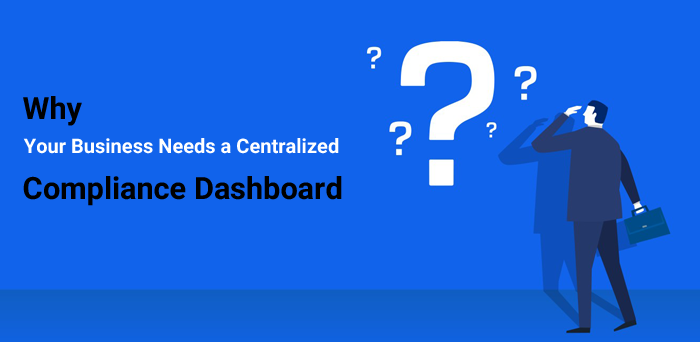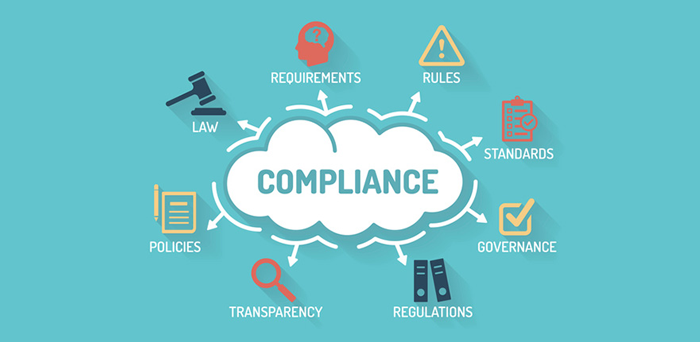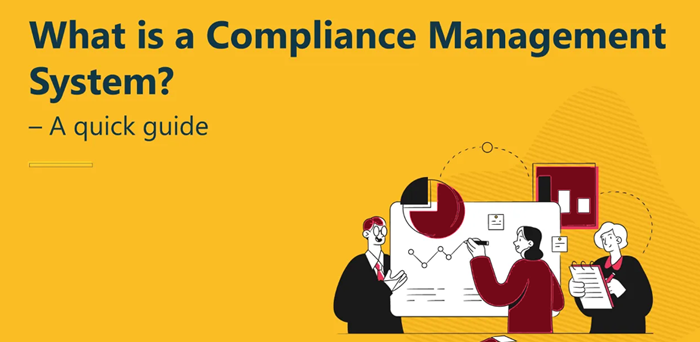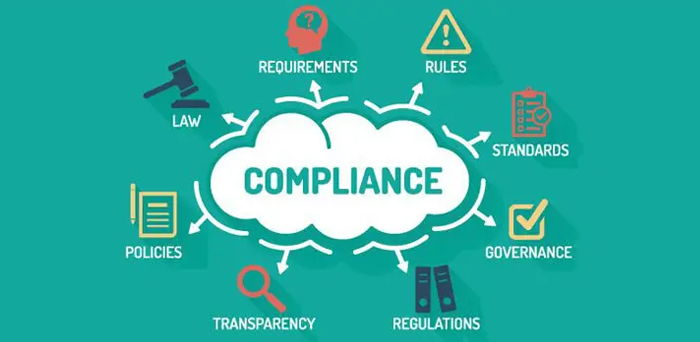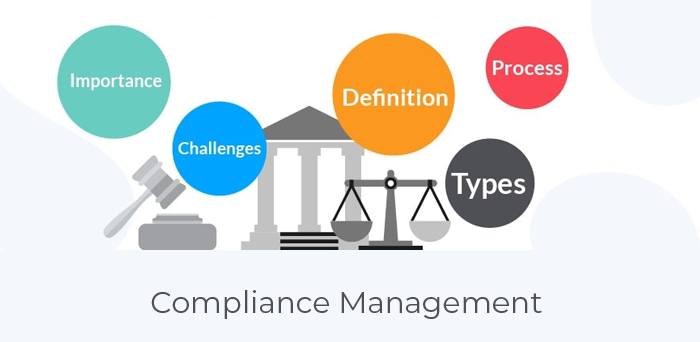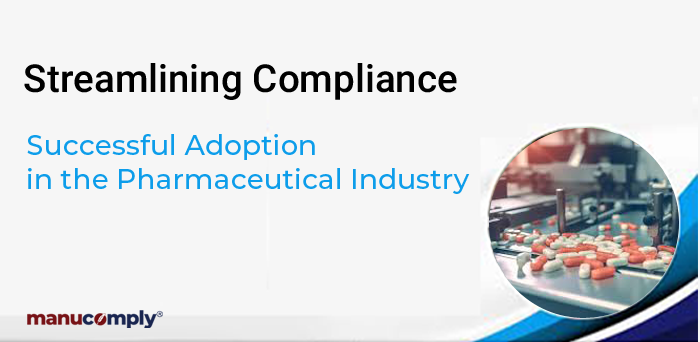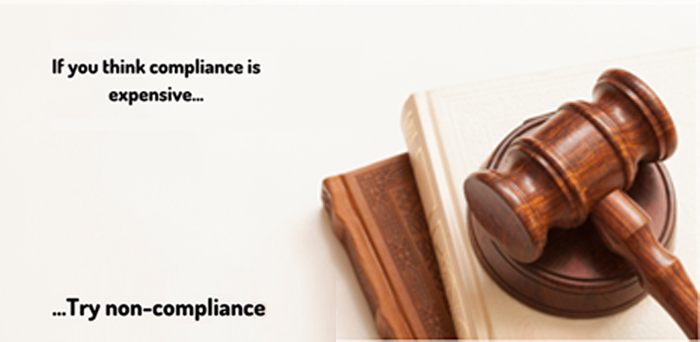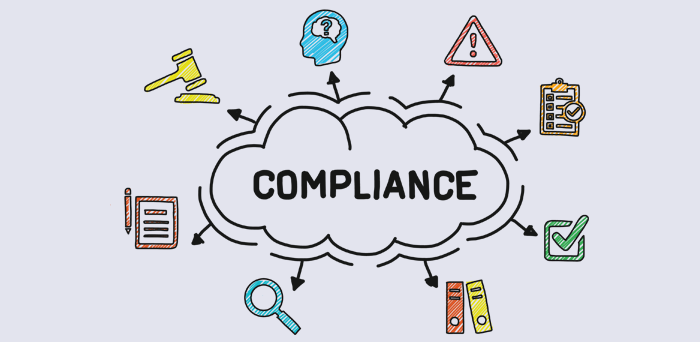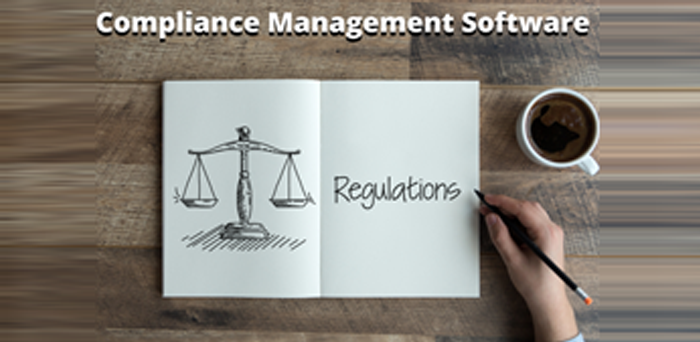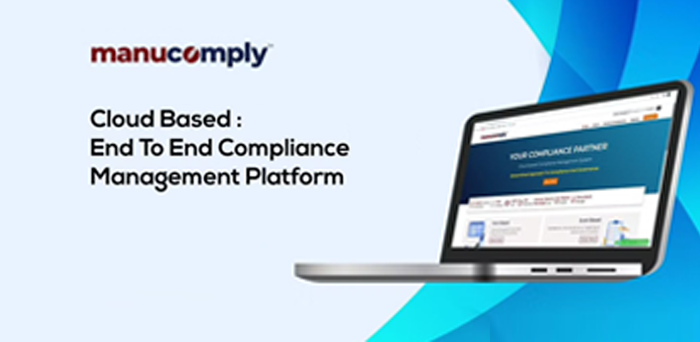
Calibrating your compliance management means having an inside view of your overall compliance framework and governance and what matters to you.
Compliance is one of the nine classifications on ‘uses of legal tech’ under the Stanford Legal Code Database. This classification throws light on the relevance of compliances and a compliance management system by extension.
A company does not require a Compliance Management System (CMS), it needs it! The system’s foremost benefit is that it helps the company ensure that all statutory requirements are incorporated into the business processes. It can also be said that it is a program designed to keep the user on the right side of regulations.
With rising volumes and a swiftly changing business landscape, traditional and manual compliance management mechanisms are a thing of the past. Tracking, filing, documenting, updating when done manually over email, chats, on paper and so on, are tough to track, especially with continuous amendments being declared. Dated workflows waste time and resources, forcing legal teams to play catch-up with pending issues, rather than being proactive.
A CMS typically consists of an integrated system of compliance inventory, documents, processes, tools, internal controls, and functions to make it easier for organizations to comply with regulatory and legal requirements. It helps the organizations in many ways:
- Effective governance and streamlined compliance processes
- Lower risk exposure
- Improved control and visibility of compliance-related operations
- Ease of compliance management and monitoring
- Better resource utilisation and enhanced productivity
- Reduced compliance costs
- Safeguarding your reputation and enhancing your brand
A CMS aims at being a far-sighted tool that integrates both internal and external compliance efforts with rules and regulations. More than anything else, a CMS is a virtual insight into the organization’s compliance efforts and without one, it’s significantly harder to track and monitor who is doing what, when and how within the organization.
An organization is exposed to multiple risks when it does not have a CMS. With all the laws and regulatory policies that businesses are subject to, a robust and active CMS program can save a business millions by avoiding sanctions and bad publicity. Further, having a compliance officer alone does not guarantee that a company can fulfil all of its legal obligations. The list of tasks is too extensive, ranging from an overview of national and international legal situations to self-imposed corporate standards, the establishment of an internal system of rules, controlling standards, training employees and communicating measures.
A proper compliance management program reduces risk and lowers the chance of costly fines and sanctions, ultimately paying for itself in the long-run.
Who cares about an organization’s compliance management system?
No organisation is exempt from the rules, laws, and ethical procedures that apply to all businesses, regardless of industry. An organization might wonder why it should consider implementing a compliance management system if it has made it this far without one. After all, a new system is an investment, and risk reduction does not always equate to cost reduction.
The short answer is that in today's regulatory environment, a compliance management system is practically required.
Your capital partner needs to see it
The message has been received loud and clear: banks are responsible for their clients' conduct. A source of funding is looking for proof of organisation compliance - that company follow rules and regulations, respond to customer complaints promptly, and that company board of directors oversees compliance program - and if they don't like what they see, the company could lose access to the capital that keeps its business afloat.
It makes good business sense
A well-designed and well-implemented CMS reduces the amount of time, money, and effort a company has to devote to compliance. You'll also discover how the data acquired by your CMS affects a wide range of critical business decisions in the future.
Compliance is important for at least six reasons:
- Its demands grow with the company's business
- Fewer legal expenses
- Improved operations and safety
- Better public relations
- Higher productivity in the company
- Change and innovation
Get in under one roof
If you have ever wondered about the extent of legal compliance in your business, or how you can make it proactive and real-time, or if you are unsure about whether your compliance mechanism can withstand regulatory scrutiny, it’s time you switched to an agile compliance management platform.
Compliance ownership: Not having a centralised responsibility tracker leads to ambiguity and a lack of compliance ownership and accountability. Consequently, this can expose you to the risk of non-compliance.
Continuous monitoring: Laws and regulations are changing every day. Business are expanding operations in new geographies or diversifying into other sectors. This translates to a very dynamic compliance landscape. Your business needs an agile compliance model to monitor these changes regularly.
Compliance reporting: Multiple locations and compliance requirements managed manually, makes it difficult for organizations to report to top management daily. Limited visibility into the scenario can lead to incorrect decision-making.
Calibrating your compliance management means having an inside view of your overall compliance framework and governance and what matters to you.
www.manucomply.com is a cloud-based, end-to-end Compliance Management Platform developed by Manupatra.
